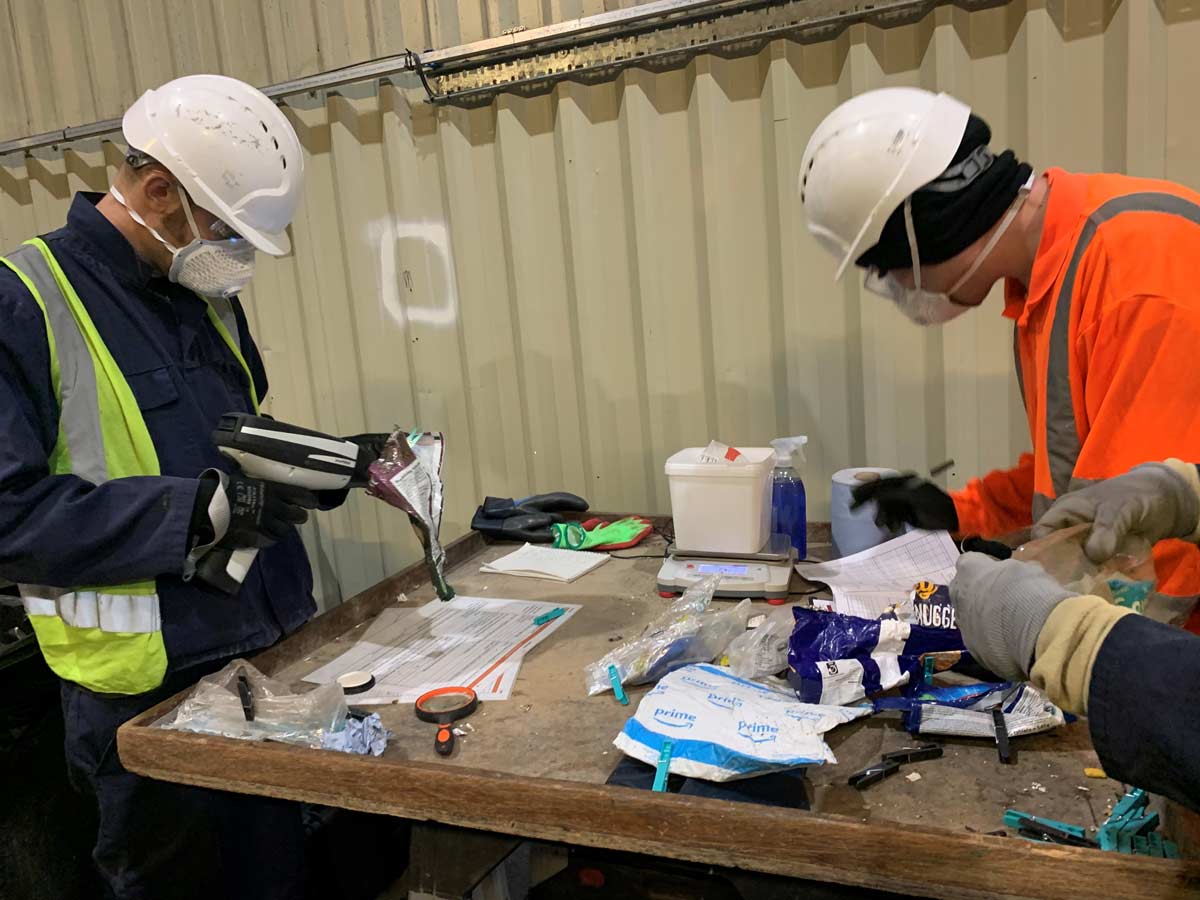CEFLEX and partners PCEP, Petcore Europe, Styrenics Circular Solutions and MORE Recycling team up to understand the reality of today’s collected household packaging waste – a vital step forward towards a circular economy for packaging materials.
Hailed as Europe’s first in-depth analysis of its kind, the resulting data aims to reveal the amounts and types of post-consumer flexible and rigid plastic packaging, in the two main waste streams in which it is collected. Sharing the findings of the study is expected to define and deliver a circular economy for all packaging materials.
The amount of how much packaging is placed on the market is only half of the story. So, a better analysis of packaging used by consumers and collected through waste streams is needed. This will help to define and accelerate development of the required infrastructure, systems and end market applications, which are required to enable progress in delivering a circular economy.
The study has been initiated by CEFLEX (Circular Economy for Flexible Packaging) in collaboration with the other key partners in the plastic packaging value chain – Polyolefin Circular Economy Platform (PCEP), Petcore Europe, Styrenics Circular Solutions and MORE Recycling. It covers all types of consumer packaging found in today’s households – everything from wrappers, bags and pouches to bottles, trays and tubes – across key European markets.

The analysis is being conducted by leading environmental consultancy Resource Futures. Researchers are manually sorting, identifying and weighing representative samples, then attributing the collected waste packaging to nearly 200 categories. In addition, the team maps where packaging appears in the recyclables or residual waste streams and use Near Infrared technology to give a detailed breakdown of polymer types.
“This is vital information about how material flows through the system today – and what collection, sorting and recycling solutions are required to deliver a circular economy for flexible packaging and other packaging materials,” said Graham Houlder, CEFLEX Project Coordinator.
“Initial results from the first country studied show significant quantities of recyclable materials remaining in the mixed waste stream, suggesting the need to improve the capture and re-use of these materials,” he added.
These types of insights can help Extended Producer Responsibility (EPR) and other schemes to pinpoint what is needed to go ‘circular’ and fine tune eco-modulation. This will encourage the design of flexible packaging which boosts the amount of recycled content in a variety of end market applications, according to CEFLEX.
Venetia Spencer, Secretary General, PCEP, commented, “I am very excited by this project, which already in the early stages has brought enormous insight. Accurate understanding of the polyolefins collected via recycling and residual household waste streams, will play an important role in delivering PCEP’s commitment to enhance collection and sorting of polyolefins.”
Capture and capitalise on real-world material flows
Initial results of the first country analysis (UK) showed:
- > 4595kg of material was manually sorted and categorised at two sites; of which 3240kg was residual waste and 1355kg was separately collected recyclables.
- > 66.5% of flexible packaging found in the residual waste samples was categorised as recycle ready mono-material – this includes mono-PE, mono-PP, mono-PET, mono-paper and mono-aluminium.
Summary: currently there is a significant amount of ready-to-recycle flexible packaging appearing in residual waste samples, where it unlikely to be successfully returned to the economy and used again.
The research will analyse and compare the composition of flexible and rigid plastic packaging found in post-consumer household waste and recycling streams in seven key European markets. Fieldwork at two SUEZ sites in the UK took place in December 2020 and work on samples of waste from France, Germany, Italy, Netherlands, Poland and Spain is scheduled to take place in Spring 2021.
